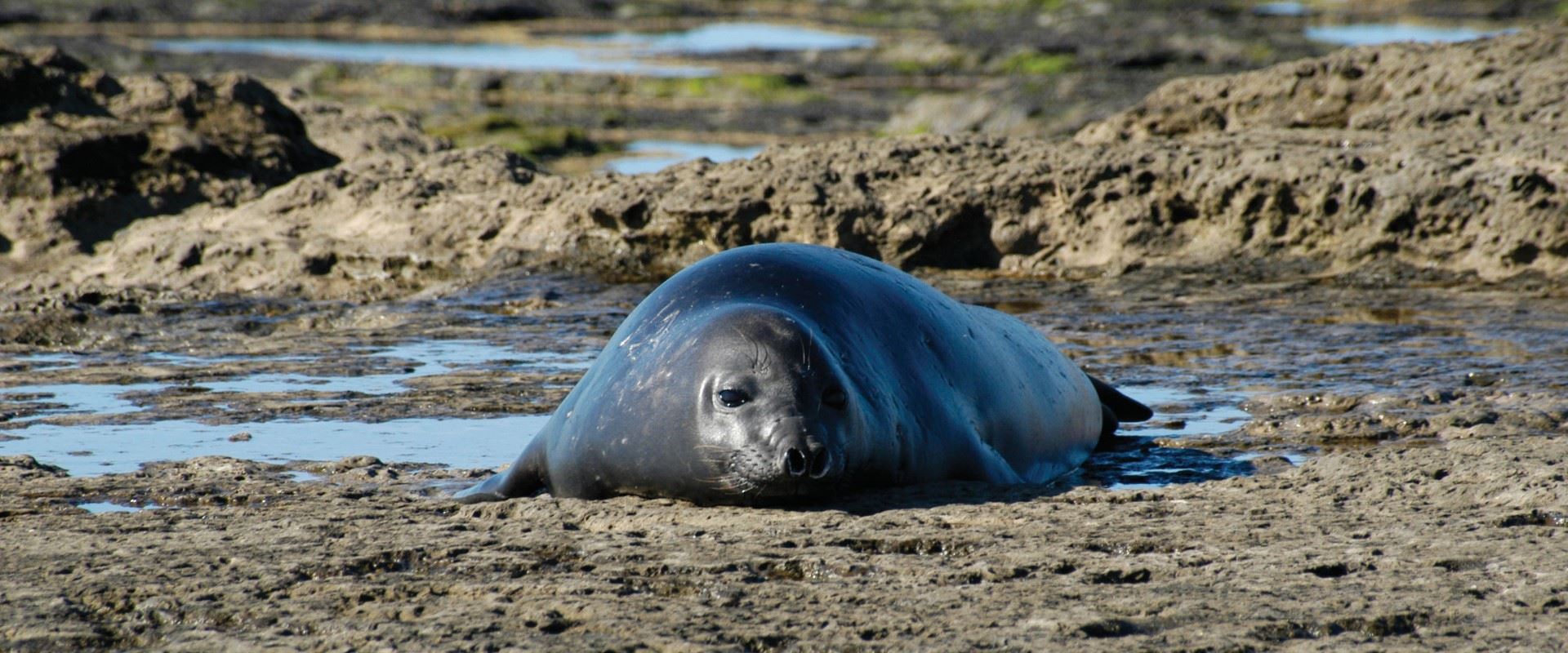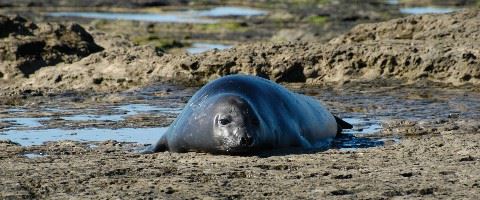Located approximately two thirds of the way down the country and around 2 hours flying time from Buenos Aires, the promontory of Peninsula Valdes is attached to the eastern coast of Patagonia by a narrow isthmus. Declared a UNESCO World Heritage site in 1999 the peninsula is a nature reserve and one of the most significant marine reserves on the planet.
Here are large colonies of Magellan penguins both on the peninsula and at nearby Punta Tombo which may be observed at close quarters from September to March. Between June and December, daily whale watching boat trips are organised locally from Puerto Piramides.
Sea lions and elephant seals may be seen beween August and April, but only from observation points. Bird life is abundant, with eagles, owls and Lesser Rheas amongst other species. The Patagonian hare, grey fox and guanacos are not difficult to spot. The region is very flat, monotonous and susceptible to high winds. August is the windiest month.
The port town of Puerto Madryn is situated approximately 80 kilometres east of the entrance to Peninsula Valdes and was the site of the first Welsh landing in 1865. A little inland, the Chubut Valley became home to, and remains, the centre of the Welsh settlement.
In the town of Gaiman some of the original buildings, some refurbished, are still standing. It is renowned for its tea houses, where clients are served by waitresses in traditional Welsh costumes. One of the main remnants of the Welsh influence in this area are the 15 chapels located throughout the lower Chubut. The largest of these are to be found in Gaiman.
Magellan Penguins: It is during September when the male penguins start to come to land to make their nests, quickly followed by the females. Eggs are laid in October and chicks are born the following month. From birth until February, the parents share the responsibility of feeding and nursing. By late February, once the feathers have grown, the juveniles head out to sea and do not return to land until the following September. Punta Tombo is believed to be home to some 175,000 penguins.
Elephant Seals: Regarded to be among the world’s best divers, elephant seals can reach depths of up to 1,500 m and hold their breath for up to 2 hours. They need only come to the surface for about 3 minutes to breathe before diving again for food, namely squid. They spend two periods on land and two periods at sea. They return to land for reproduction between August and November and for moulting between December and mid April. The 2002 census showed that there were over 16,000 elephant seals living in the Punta Delgada area. One can spend hours simply watching this beautiful, fascinating animal
Southern Right Whales: ‘Giants of the sea’, these majestic animals reach up to 13 m in length (25% of which is just the head) and weigh up to 40 tons. Females give birth every 3 years after which they return to the Peninsula Valdes between June and December. Male adults and juveniles tend to return every year at this time. It is estimated that there are approximately 1500 whales in the Peninsula Valdes area.




